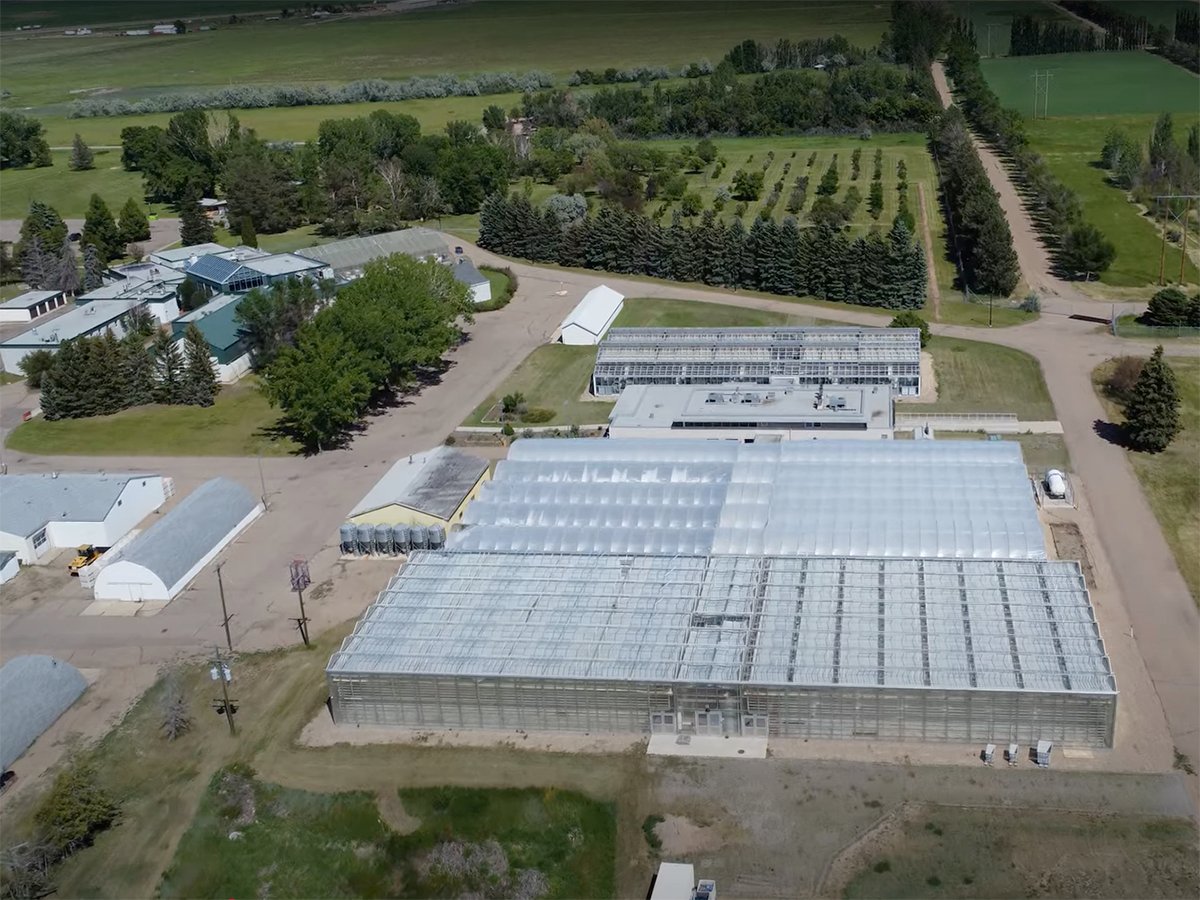Pens designed for backgrounding or finishing feedlots are built to keep cattle clean.
They should have good slope to provide drainage for snowmelt and rain.
“Muddy pens increase feeding costs,” said Robert Borg, agricultural engineer with Alberta Agriculture in Red Deer.
“Four to eight inches (10 to 20 centimetres) of mud will increase feed requirements by 15 percent and 12 to 24 inches (30 to 60 cm) of mud will increase feed required by 25 percent.”
Dirty pens can increase feeding costs for 100 steers in a muddy lot by $1,000 per month.
Read Also

Alberta crop diversification centres receive funding
$5.2 million of provincial funding pumped into crop diversity research centres
Every four muddy days adds one day to time spent in the feedlot. Animals can also be docked for tag at the packing plant.
“Cattle build up a manure pack in the pen,” said Borg.
Compaction from cattle’s hoofs in the soil manure layer creates a hardpan layer of soil. This impervious layer protects ground water by preventing infiltration.
It’s important to protect and maintain this layer when pens are cleaned. If pens are empty in summer or animal density is too low, the hardpan layer may not be reliable.
In this case, build on a compacted clay soil.
The manure pack also affects runoff. When rain falls on the manure pack, nothing runs off until the manure pack is saturated.
After a delay of up to 24 hours, runoff begins. With short intense rainstorms, there is less time for water to soak in and runoff starts sooner. Fifteen to 40 percent of annual precipitation will run off the feeding pens.
“Well designed feeding pens are built on a two to four percent slope, with a feeding fence or feed bunk located on the high, dry side of the pen,” said Borg.
“The runoff from snowmelt or rainstorms drains out of the pen into a drainage channel located outside of the pen. The runoff is high in organic matter and contains nitrogen, phosphorus, potassium and salts.”
Runoff can be used to irrigate cropland or grassed areas. The crop can absorb the nutrients and some of the salt.
When this crop is harvested, the nutrients will be removed from the system rather than flow into surface water.
Type of operation
Type of irrigation will depend on the size and type of the feedlot and whether it is used year round or only during winter.
Design information for feedlot planning is available in the Alberta Feedlot Management Guide.
It costs $99, including shipping and handling. Copies can be obtained from the Feeder Associations of Alberta Ltd., Box 4190, Barrhead, Alta., T7N 1A2, or phone the association at 780-674-5381, fax 780-674-6969.
Copies are also available at Alberta Agriculture district offices.














